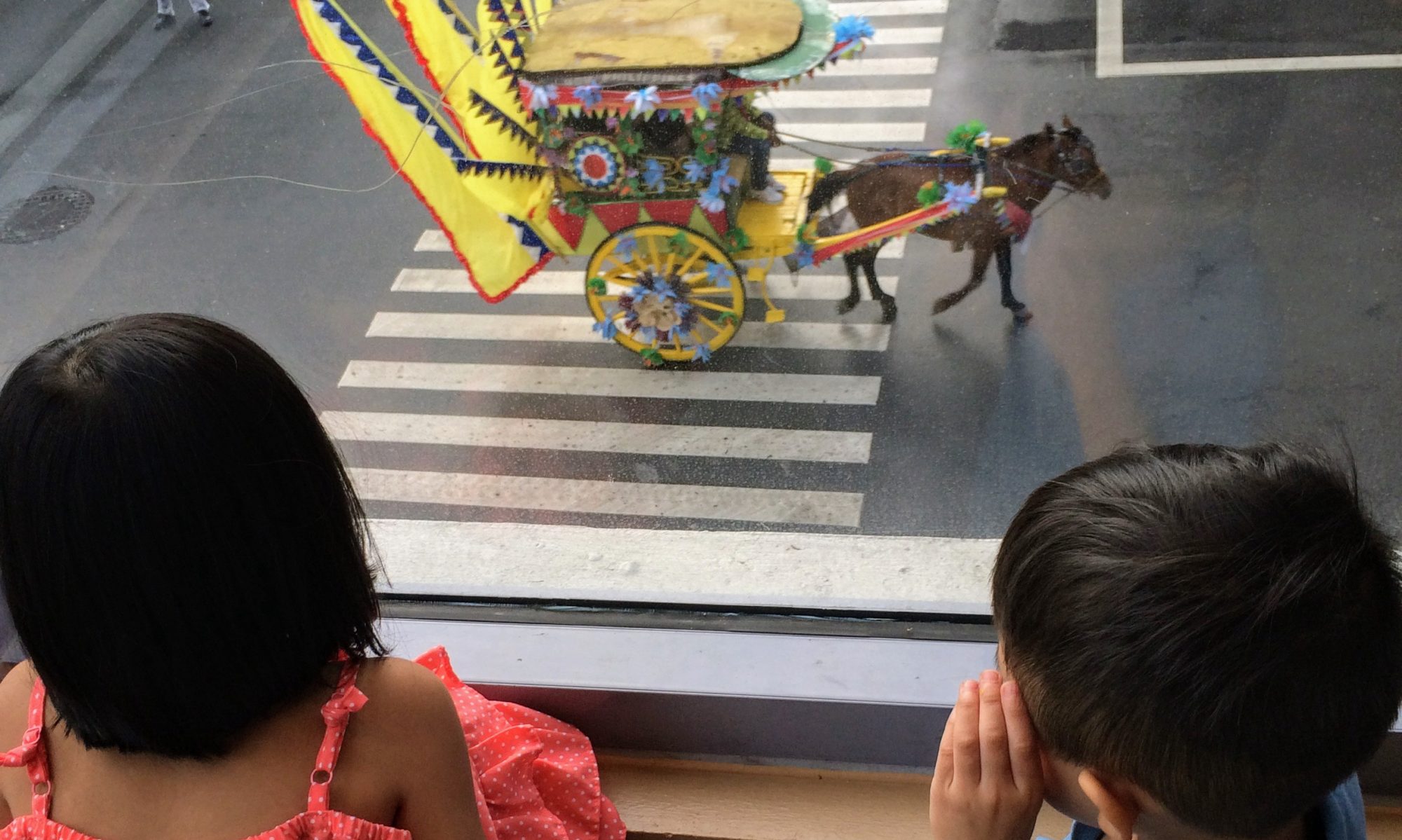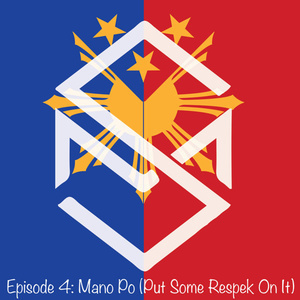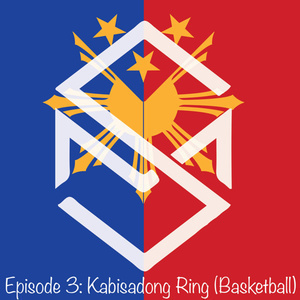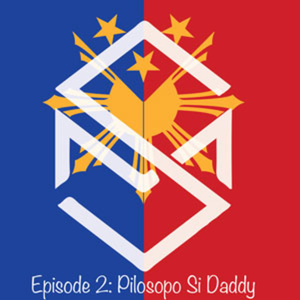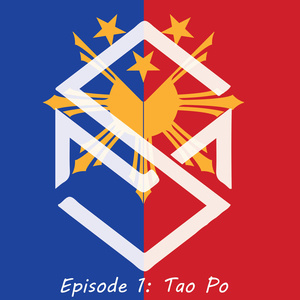Catching Up After Episode 3
Hey everyone, welcome back to the Sherwin M Podcast! This is Episode 4: Mano Po: Put Some Respect On It.
First off, a huge thank you again to Charles for joining me on the last episode about pickup basketball in the Philippines. We had so much fun talking hoops that the episode ran long, and I totally forgot my usual end-of-show plugs! I’ll try to remember this time.
I really enjoy having guests, though I know scheduling can be tough now that we’re all busy adults. Let me know if you prefer guest episodes or solo ones – personally, I’m less nervous with someone else here!
Also, Lent 2017 just started. If you observe, hope you made it to Ash Wednesday! I missed it (busy week, bad excuse, I know!). For my Lenten sacrifice, I’m giving up soda… again. My New Year’s resolution failed after about a month, so maybe 40 days is a more achievable baby step. I did quit for years before, so hopefully, I can get back to that!
Listener Feedback & Recording Talk
Got some great feedback recently:
- Thomas (@thomasami on Instagram): Noticed the audio quality on Episode 3 was different. He was right! I was trying new software (Audio Hijack) for recording remotely with Charles.
- Producer Mike (@WaxStyles from This Filipino American Life podcast): Huge thanks to Mike for giving me some fantastic tips on remote recording setups (software vs. hardware). Some of it was a bit technical for me (not an audio engineer!), but I appreciate the guidance and will keep learning. Definitely check out their podcast, This Filipino American Life (link in the notes)!
- Tita Loya: She called with lovely feedback, appreciating the focus on sharing Filipino culture. She feels many of us (Filipino-Americans) sometimes let these traditions fade, especially with our kids.
Why Sharing Culture Matters (To Me, and Maybe You Too!)
Tita Loya’s comments really resonated. I initially started this podcast partly for myself – a way to stay connected to my culture and document things I learn or reflect on, similar to how I use my blog (sherwinm.com) as a personal reference. But I didn’t fully realize others might be feeling the same way or find value in it too. That’s awesome! It motivates me to keep sharing these cultural aspects.Hearing that feedback inspired today’s topic, something deeply ingrained in Filipino culture: Mano Po.
Essential Tagalog Terms of Respect
Before defining Mano Po, let’s cover some common Tagalog terms used to address people respectfully, often regardless of whether you’re actually related:
- Tita: Aunt (or generally, an older woman about your parents’ age)
- Tito: Uncle (or generally, an older man about your parents’ age)
- Ate: Older sister (or an older female, but younger than a Tita)
- Kuya: Older brother (or an older male, but younger than a Tito)
- (Example: You might call a female vendor “Ate” or a male butcher “Kuya” at the “palengke” – market)
- Lola: Grandma
- Lolo: Grandpa
- Po: A particle added to phrases to show respect (as discussed in Episode 1 with “Tao Po”).
What Does “Mano Po” Mean?
So, what exactly is Mano Po? I looked it up on Wikipedia (link in the show notes) to get a formal definition. Essentially:
It’s a traditional Filipino gesture performed as a sign of respect to elders and also as a way of requesting and receiving their blessing. It’s similar in intent to hand-kissing in other cultures or bowing in many Asian cultures, but unique in its execution and meaning.
The How-To: Performing the Mano Gesture
Here’s how it works:
- The younger person typically approaches the elder and may ask, “Mano po?” (asking permission to perform the gesture).
- The elder offers their hand (usually the right hand), often palm down or sideways.
- The younger person gently takes the elder’s hand and bows slightly, bringing the back of the elder’s hand (specifically the knuckles) to touch their forehead.
It’s seen as a reciprocal act: the younger person shows respect and humility, and the elder grants a blessing or acknowledges the respect shown.
When Should You Mano?
The custom, sometimes called pagmamano (the act of doing the mano), is traditionally performed:
- Upon entering an elder’s home.
- Upon seeing elders at gatherings (parties, family events, etc.).
- When greeting elders you encounter (like coming home from work/school, or seeing relatives after church).
My youngest son (bunso), who’s three, does it automatically when I come home from work – mano, hug, then kiss. It’s become routine for him! My older son knows how, but we don’t practice it as consistently (homework distractions!).
It’s considered impolite in traditional Filipino culture not to perform mano po when appropriate.
My Own Struggle with Practicing Mano Po
Here’s my confession: Despite being born in the Philippines and knowing this custom my whole life, I’m guilty of not practicing mano po consistently myself, especially here in the US. I teach my kids, but I often default to American greetings like hugs or handshakes with Filipino elders.
It feels especially weird when my godkids in the Philippines, some only 8-10 years younger than me, ask for mano po. It makes me feel old! But I always do it because I understand and value the respect they’re showing.
I realize I need to do better at embracing both my Filipino and American cultures. There’s a time and place for hugs, and a time and place where mano po is the more appropriate and meaningful gesture, especially with older Filipinos.
A Challenge: Keeping the Tradition Alive
So, here’s my homework or challenge for myself and anyone listening, especially fellow Filipino-Americans:Let’s make an effort to understand, practice, and teach mano po. Whether you do it already, used to do it, or are just learning about it now, consider incorporating it more. It’s a beautiful, unique part of our heritage that signifies deep respect. Let’s not let it fade away just because we’re in a different environment. Share it with your kids, explain its importance, and help keep this tradition going strong.
